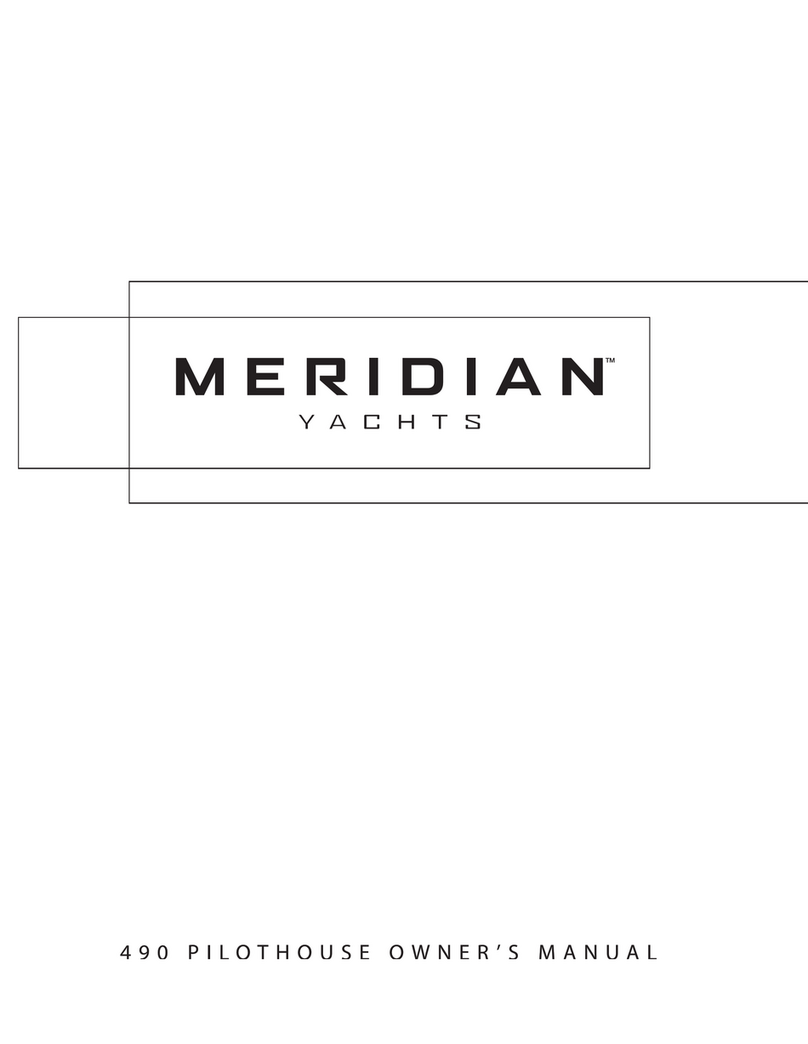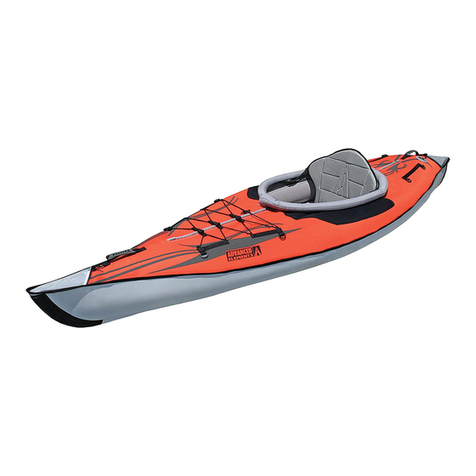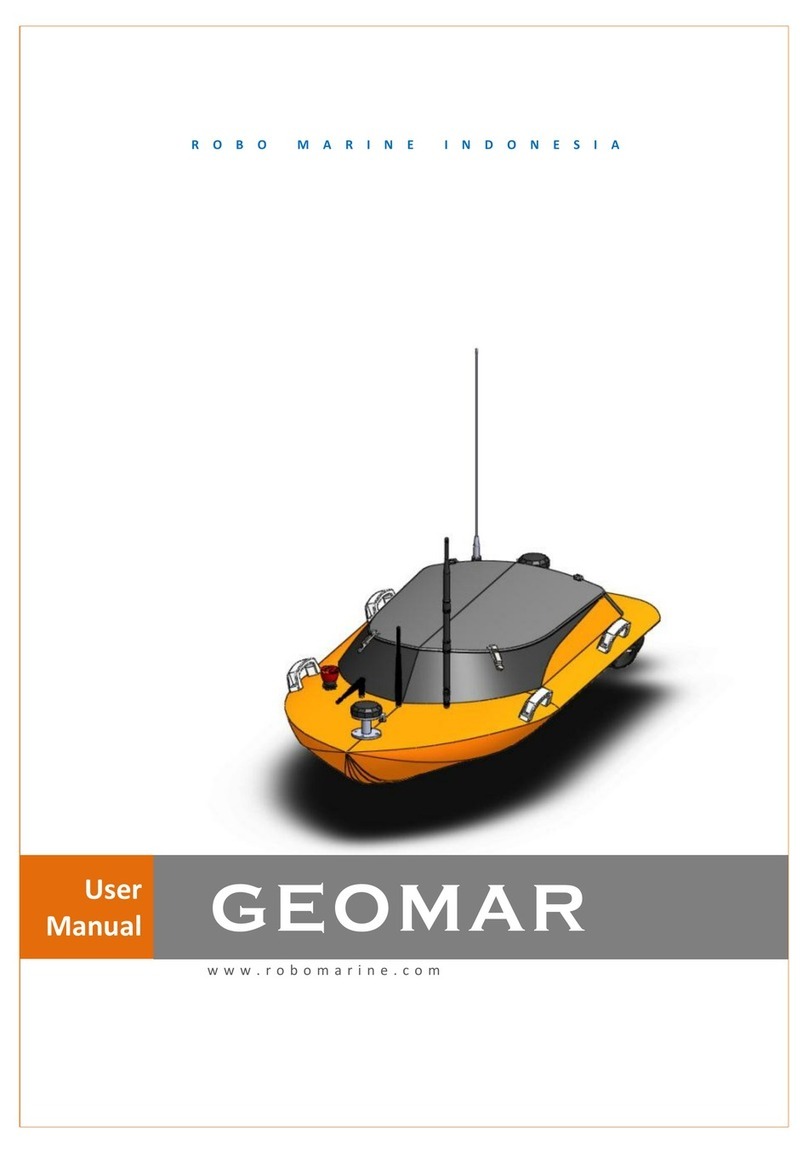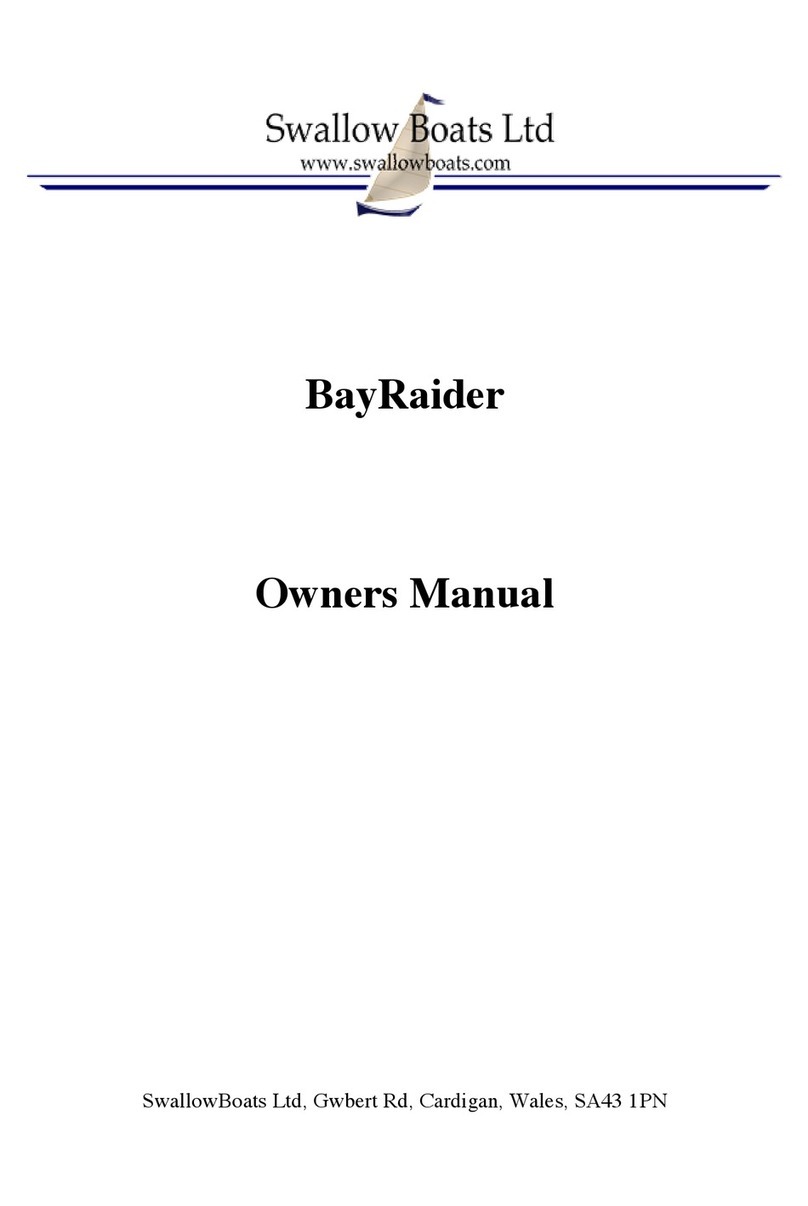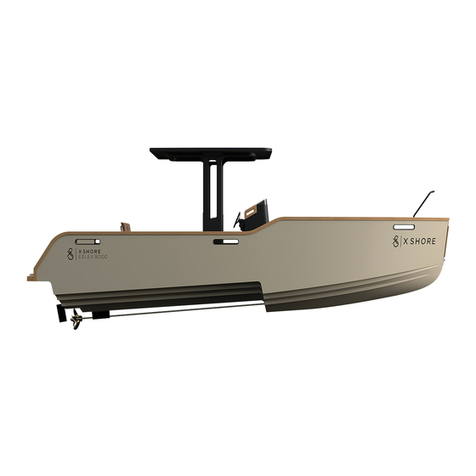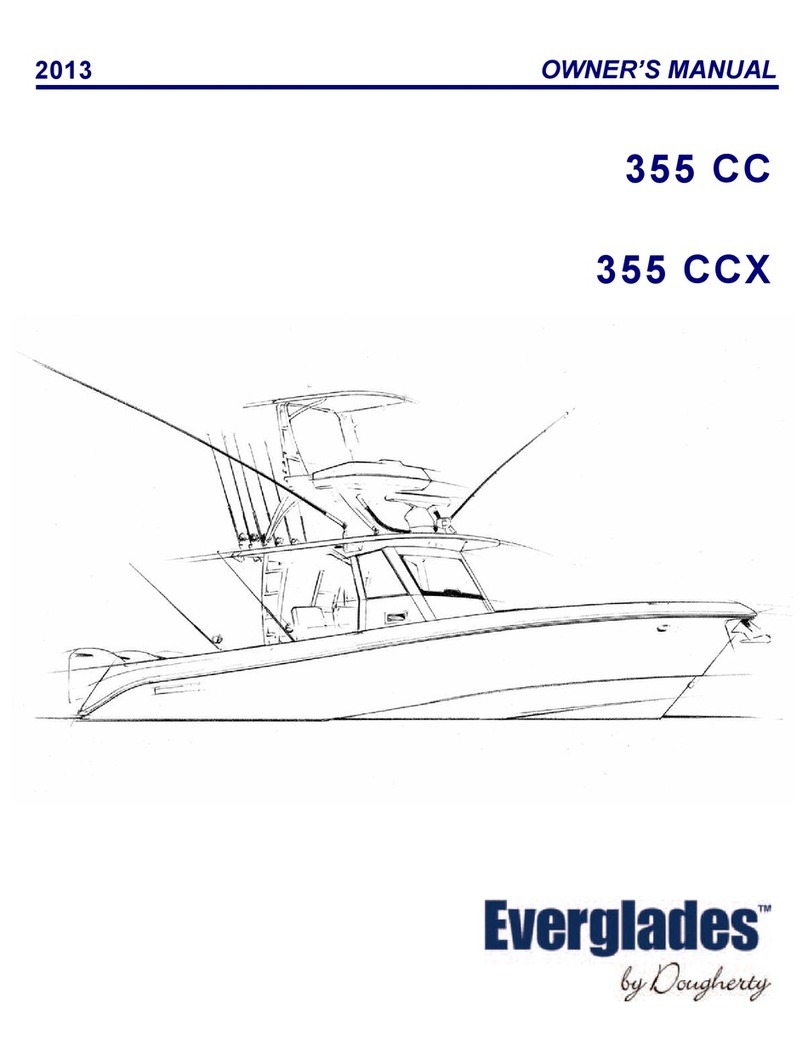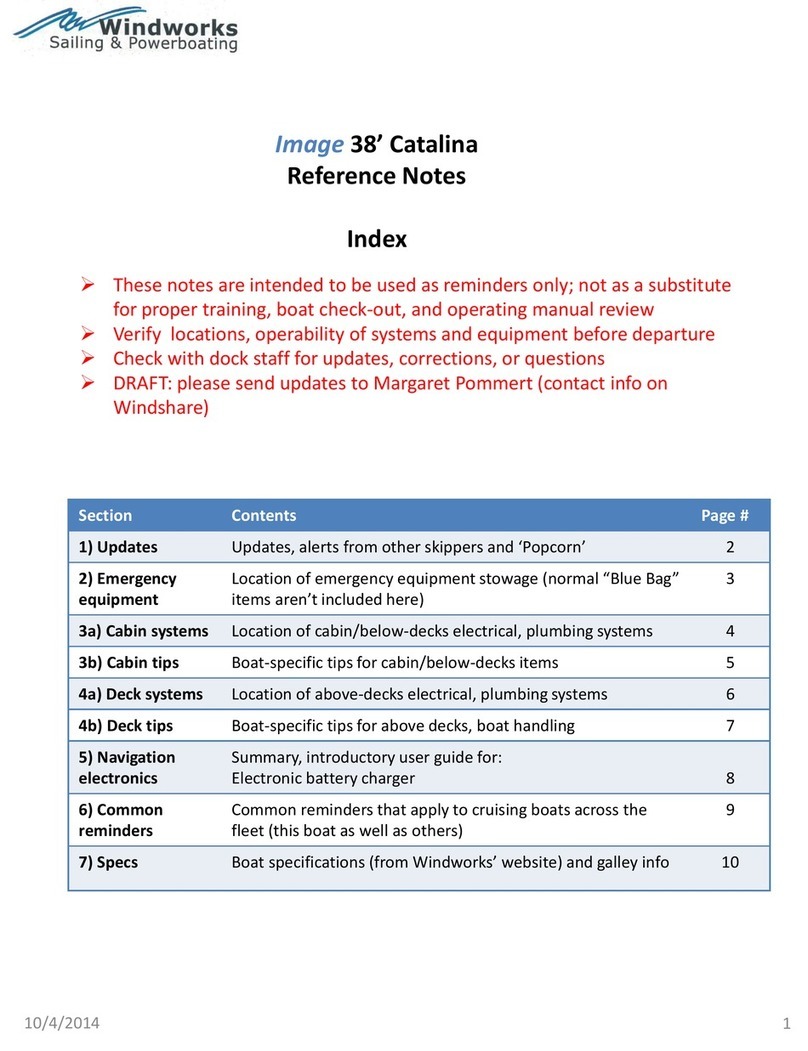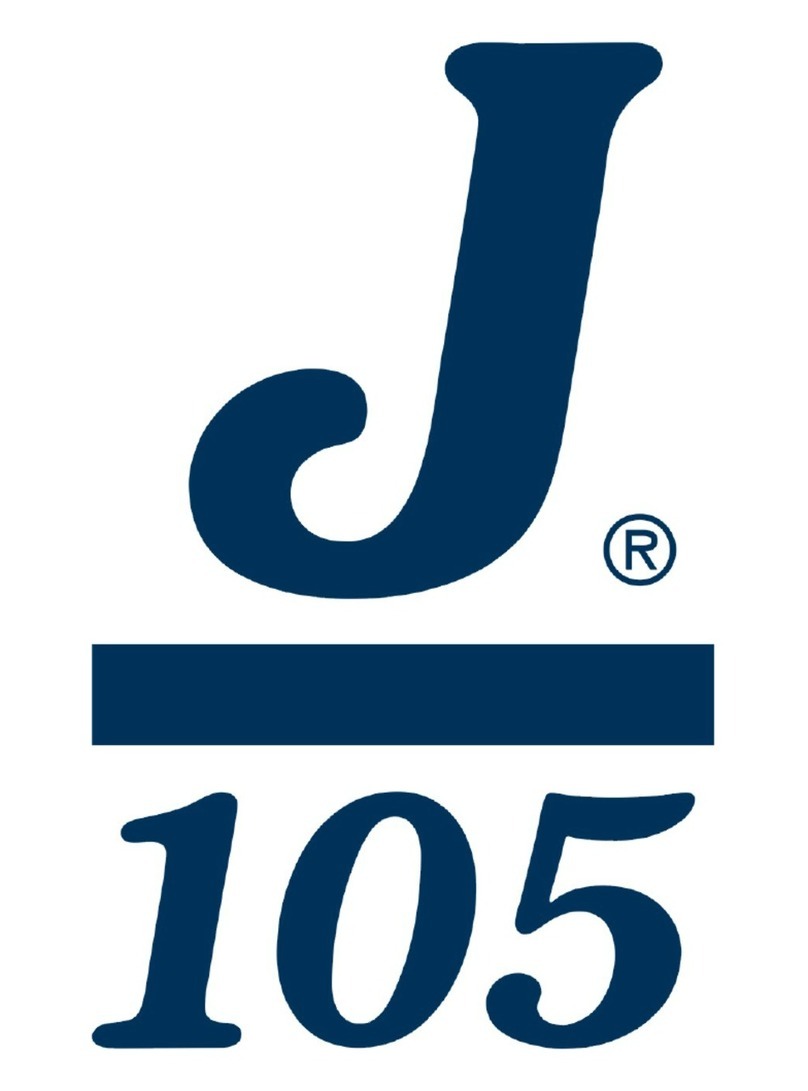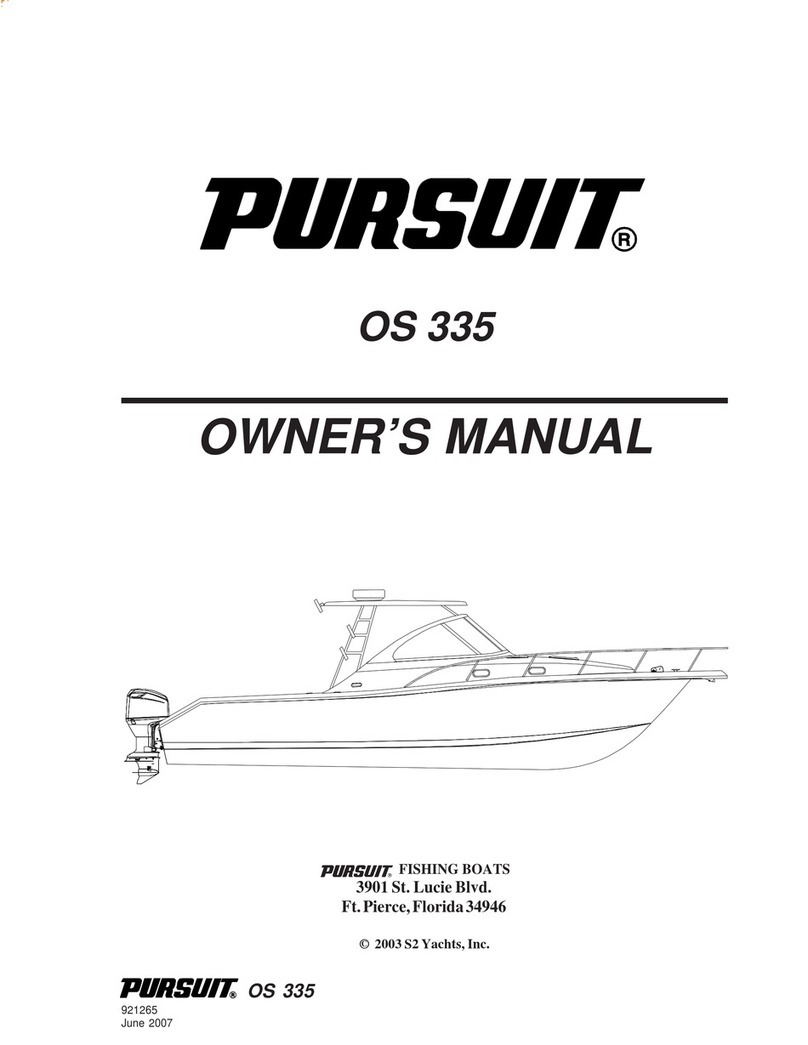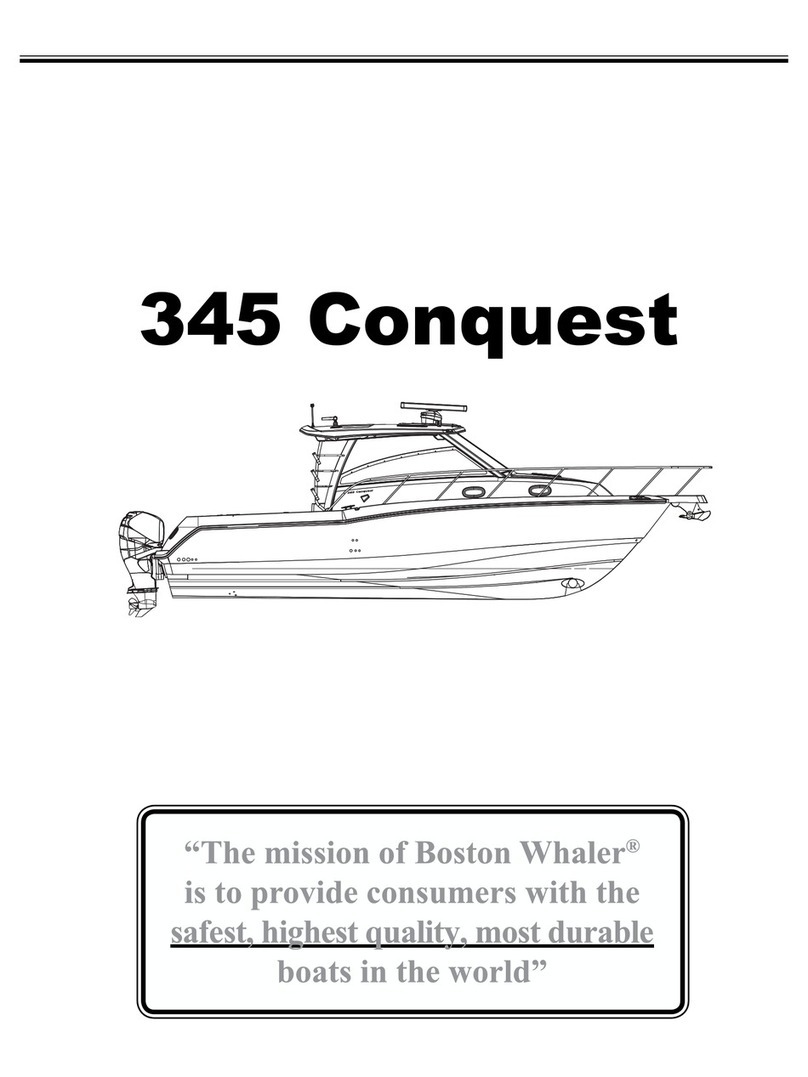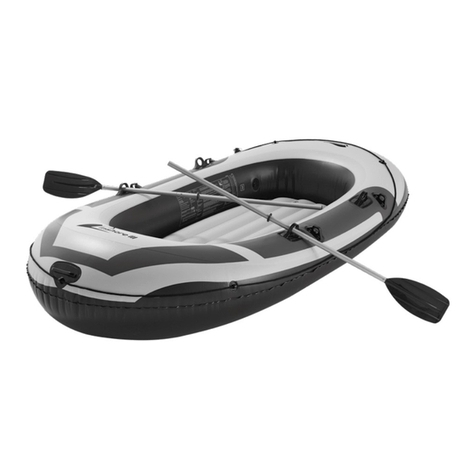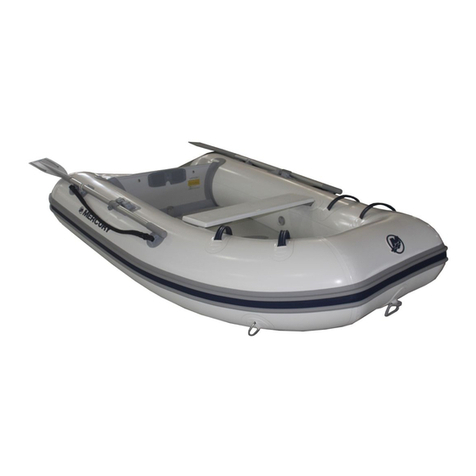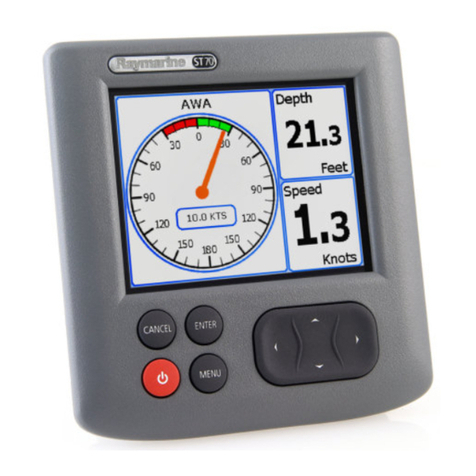
3
TABLE OF CONTENTS
TABLE OF CONTENTS .......................................................................................................... 3
SAFETY INFORMATION ........................................................................................................ 7
BOAT INFORMATION .......................................................................................................... 8
SPECIFICATIONS................................................................................................................ 9
INTRODUCTION & IMPORTANT INFORMATION .......................................................................11
OWNER / OPERATOR INFORMATION .....................................................................................13
Chapter 1:
SAFETY EQUIPMENT
1.1 General .....................................................................................................................15
1.2 Engine Alarms ............................................................................................................15
1.3 Neutral Safety Switch ..................................................................................................15
1.4 Engine Stop Switch .....................................................................................................15
1.5 Required Safety Equipment ..........................................................................................16
1.6 Bilge & Fuel Fires ........................................................................................................17
1.7 First Aid.....................................................................................................................18
1.8 Additional Safety Equipment.........................................................................................18
1.9 Caution & Warning Labels.............................................................................................20
Chapter 2:
OPERATION
2.1 General .....................................................................................................................21
2.2 Rules of the Road........................................................................................................21
2.3 Pre-Cruise Check ........................................................................................................24
2.4 Operating Your Boat ....................................................................................................25
2.5 Docking, Anchoring & Mooring ......................................................................................26
2.6 Controls, Steering, or Propulsion System Failure..............................................................29
2.7 Collision.....................................................................................................................29
2.8 Grounding, Towing & Rendering Assistance.....................................................................29
2.9 Flooding or Capsizing...................................................................................................30
2.10 Fishing.....................................................................................................................30
2.11 Man Overboard .........................................................................................................30
2.12 Water Skiing & Wakeboarding .....................................................................................31
2.13 Trash Disposal ..........................................................................................................33
2.14 Yacht Certication Plate..............................................................................................33
Chapter 3:
PROPULSION SYSTEM
3.1 General .....................................................................................................................37
3.2 Drive System Corrosion ...............................................................................................37
3.3 Engine Lubrication.......................................................................................................38
3.4 Engine Cooling System ................................................................................................38
3.5 Propellers ..................................................................................................................38
3.6 Performance Issues & Propellers ...................................................................................38
3.7 Engine Instrumentation ...............................................................................................40
https://www.boat-manuals.com/edgewater/

